Oxford
Oxford is located on the River Thames. The stretch of the river here is called The Isis, and there was once a debate about whether the entire Thames should actually be called The Isis, as it derives from the words Thame-isis, signifying the confluence of the rivers Thame and Isis. In the end, it was decided that Isis is nothing more than a degenerate part of the Latin name Tamesis, rather than a separate geographical entity.

The city of Oxford is famous for the University of Oxford. It is so well-known that it has merged with it and become inseparable, just as the university’s territory is inseparable from the city’s territory. Oxford is a city embedded in the university or a university entwined around the entire city.
The names of the university colleges somewhat perplex the Russian ear, which is accustomed to strictly separating religion from science: College of All Saints, Trinity College, St. Anthony’s College, and so on. The college buildings are old, tall, but mostly two-story. Initially, it confuses: Is this really Oxford? What are these strange colleges? Where is the main building with a large coat of arms and the inscription “Oxford”?
There is no main building here, of course. Oxford consists of 38 colleges, a network entwined around the city. Each college has its own coat of arms, traditions, and secrets.
On one street, lined up in a row, there are: a restaurant, a café, a residential building. Almost similar buildings are nearby: a museum, a library, a college.

On the left is the building of the Bodleian Library, on the right are the walls of All Saints College.

The Radcliffe Camera is one of the buildings of the Bodleian Library, the largest and oldest library in the United Kingdom.

In the courtyard of the Radcliffe Camera, there are beautiful antique doors of the faculties.

The Church of St. Mary the Virgin is the absolute historical center of the university. It is the tallest building in the city.

Inside.

You can climb up using a narrow spiral staircase.
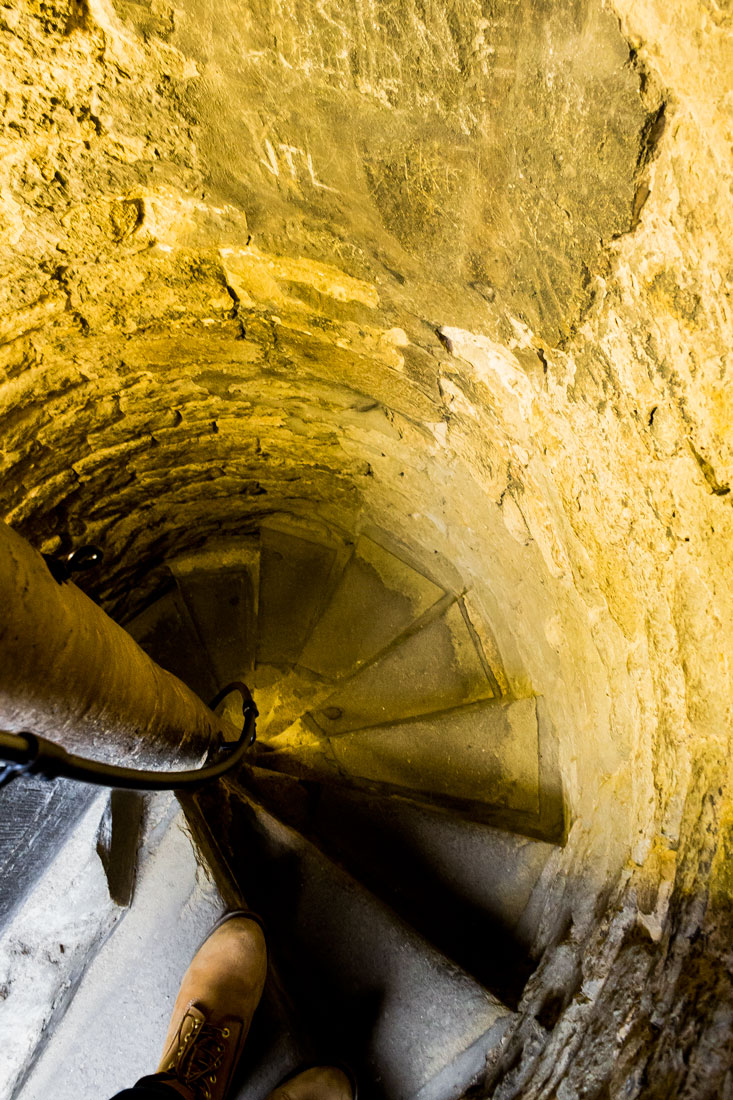
The observation deck is narrow, even for two people.


The view of the city is stunning/amazing.

All Saints College.


Brasenose College.
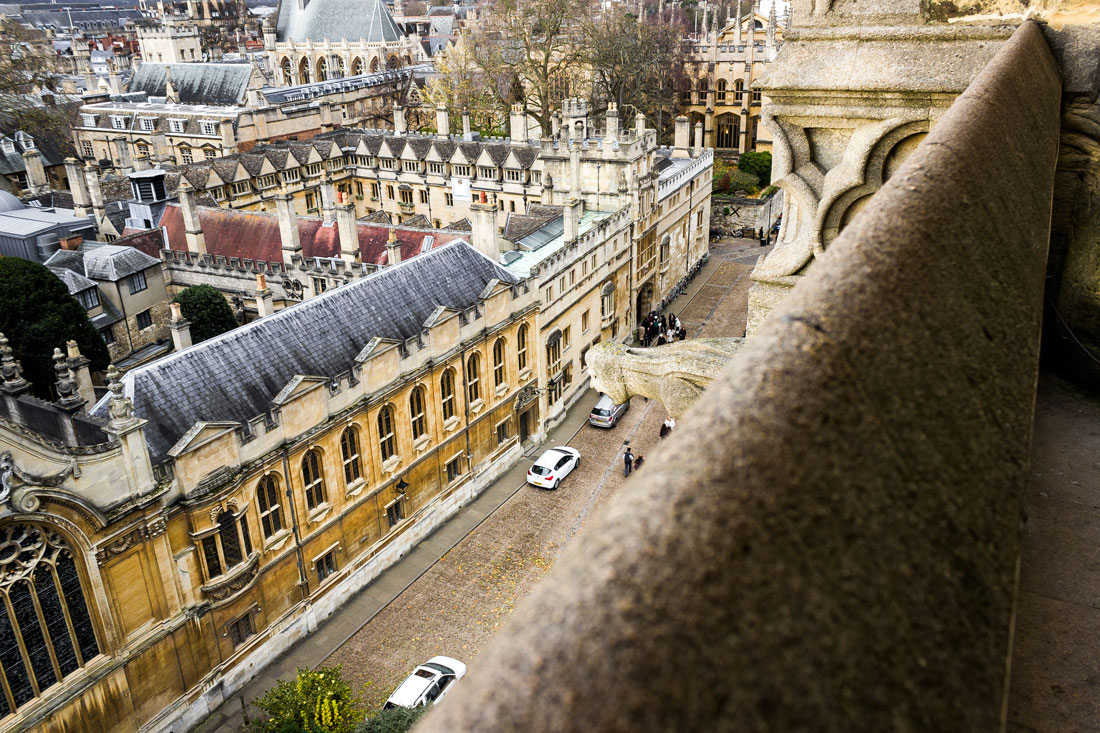
One of the city streets. On the left is the examination hall. All exams are conducted in a separate building. On the right, it appears to be residential houses.

Another street. On both sides are college buildings.

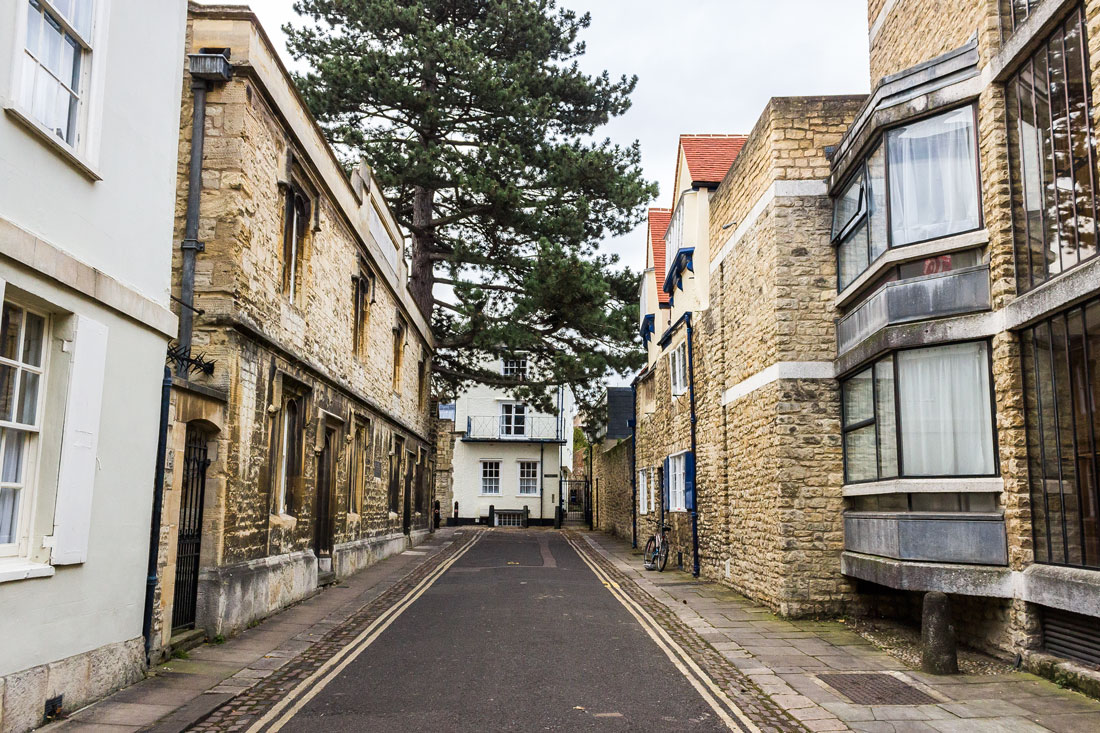
City streets.





Houses.




Unsightly tent fair.

In Oxford, there are two famous pubs: “The Lamb and Flag” and “The Eagle and Child”.
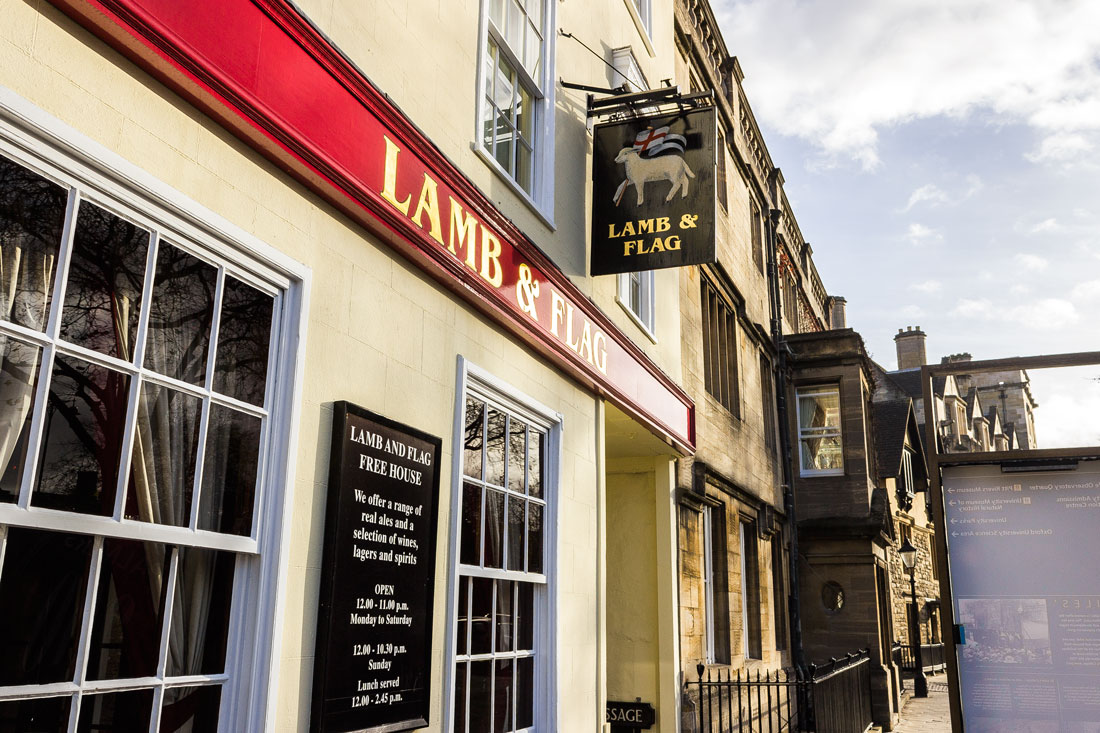
The pub “The Eagle and Child” was founded in 1650.

Here, the meetings of the literary group known as the Inklings took place, whose members included Tolkien and Lewis. In the pub, the writers would read excerpts from their latest works and discuss literature.
The stained glass window in the building of the Museum of the History of Science.

The antique telescope is located there as well.

A little further from the center, rural-style buildings begin. It is equally difficult to determine which of these houses are residential homes and which are colleges, schools, or something else.
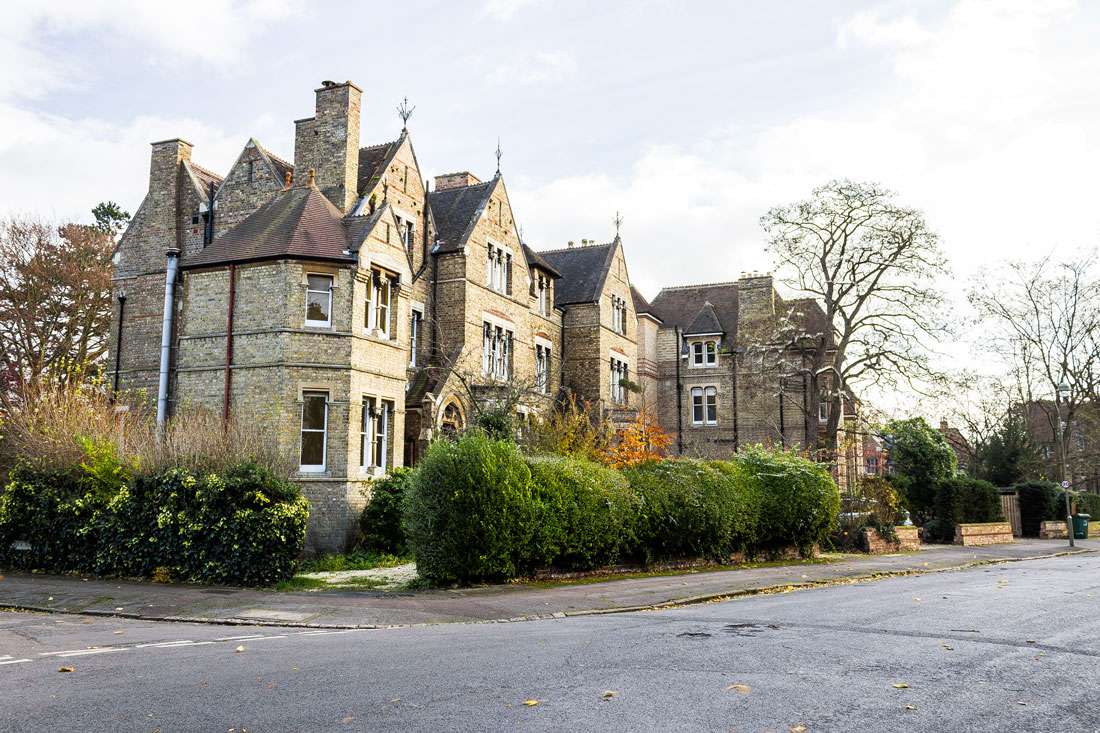

Street signs.
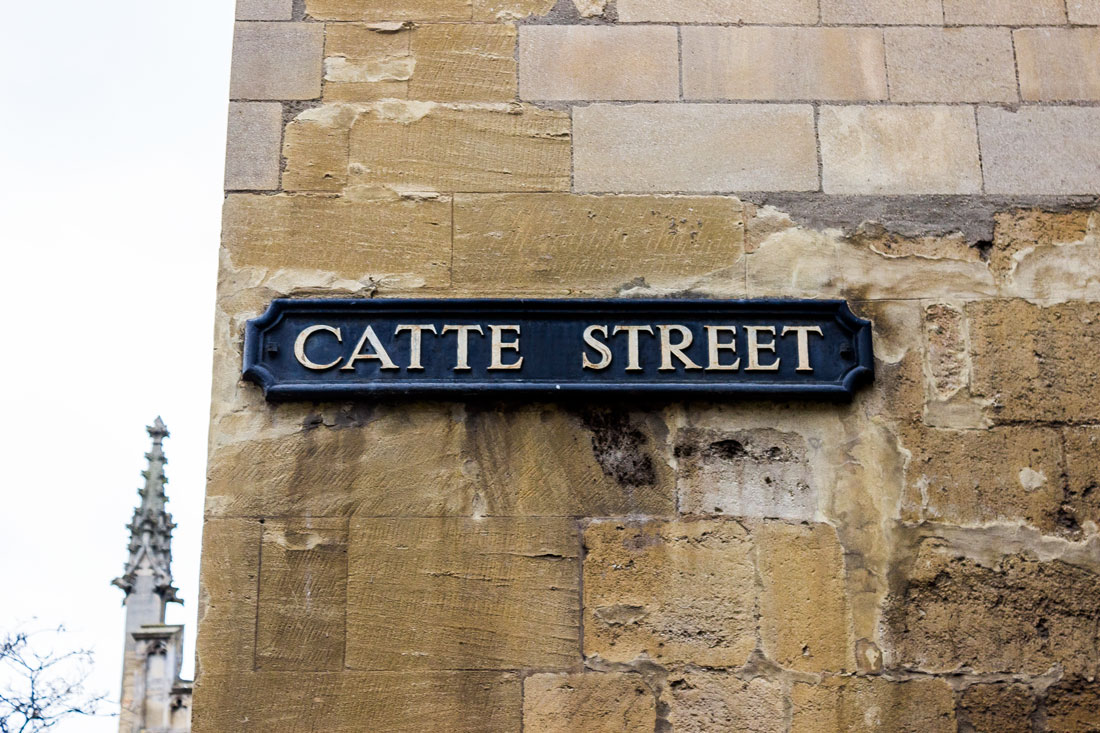



Manhole cover.

Her Majesty’s mailbox.

Decorative ventilation in the wall of the pub.

Do not lean bicycles against the wall.

Road barriers to prevent cyclists from colliding with someone at full speed.

Around four o’clock in the afternoon, there were very few students on the streets of the university. The camera did not capture a couple of charismatic characters in robes, oversized glasses, and tousled hair who ran by.


